A few weeks ago, I started contemplating the social elements
involved in making retail purchases after I was a bystander in a small incident
at Pusateri’s (Yorkville location), a high-end food retailer in Toronto. Through
a discussion with another CABA 3rd year, Iva Jericevic, I started to
think that one of the most contrasting elements between rich and poor was the
act of shopping. So, I started to write
about adapting the purchasing model for lower-class targeting companies such as
Value Village and Goodwill.
I uploaded it to Height Marketing’s blog. Height Marketing is my
small student-founded agency. We believe that creativity is like a
classroom; in order to create brilliant creative for a company, you have to
have the most passionate creatives: students. As students, we are always
learning about how to go further for our clients.
Jesse
Hornstein-Goldberg is a third year Creative Advertising student at Humber
College.
(Via: Height Marketing Blog)
THE GOODWILL PROJECT
The spectrum between rich and poor is a thin line as thick as steel.
We are all equal yet money dictates how we treat each other and how we
ultimately live our lives.
A few days ago, my girlfriend and I went to Pusateri’s, a high-end
food retailer in Toronto. We went to look, and laugh at the way some
people choose to spend their money (an example: a 1L jar of maple syrup
retails at Costco for $13 and at Pusateri’s for $31). As we started
talking to an employer, two men walked by, interrupting me to complain
about at homeless man outside begging the shoppers for money. They
seemed all too distraught about the situation; as if two men with what
looked to be money and success should bother to care about a homeless
man trying to survive. I then started thinking about how these two
vastly different people differ, and which habits are so uniquely
opposite between rich and poor. At the top of this list is “shopping”.
How do people make their purchases and where do they do it? Rich men
and women purchase their products at stores that go above and beyond
only sales to ensure the patron walks out with the intention of walking
back in. Therefore, the product, price and packaging must all suit the
lifestyle of the buyer. Oppositely, bargain shops such as Goodwill and
Value Village couldn’t care less about the clothes they sell or the
brand they emit; they are focused on selling to people who can’t afford
better stores and the luxury to choose. This is what ultimately
separates people between rich and poor; well dressed and poorly dressed;
confident and self-conscious, superior and inferior.
So I decided that an interesting experiment would be to change one
step in the purchasing model for the less affluent. After discussing the
idea with Iva Jericevic, we thought that we could conceivably change
the packaging for these bargain shops to make buyers feel a bit more
confident when they walk out of the store. This would not be a marketing
scheme to gain customers (generally if you shop at Value Village or
Goodwill, you have been shopping there for a while and plan on going
back), this would only be for treating the less affluent like the
affluent; adding a bit more respect in the buying process that continues
after they leave the store. So, I started working on changing the
packaging for Value Village and Goodwill to resemble high-end retailer
packaging, and these are the kinds of ideas I came up with.
Obviously, I spent little time working on the logo because that is
secondary, the primary concern was changing the physical appearance of
the bags (Goodwill and Value Village put their products in regular
plastic bags).
It may be interesting to see if this actually changes attitudes. Will
this small change change the way people of a less affluent nature go
about their day? Might it make them feel more confident or superior?
This is more of a psychology experiment as we all know appearance and
blemish are the sole reasons companies can get away with selling so many
varieties of the same product (without competition etc… why would we
need thousands of different t-shirt types?) and the way we get across
our status is by the places we shop at.




No comments:
Post a Comment